An Alaska Airlines Boeing 737-9 Max narrowbody is the latest aircraft to enter Boeing’s ecoDemonstrator Program, a technology advancement initiative the manufacturer has been running for almost a decade with a host of airline and industry partners. The programme “accelerates innovation by taking promising technologies out of the lab and testing them in the air to solve real-world challenges for airlines, passengers and the environment,” Boeing told Mark Pilling. Since the first programme in 2012, 195 projects have been tested on eight airplanes and Alaska is the latest carrier to take part following collaborations with American Airlines, TUI, FedEx and Etihad Airways, alongside organisations such as NASA and the Japanese Aerospace Exploration Agency.
A further 20 projects are planned to debut on Alaska’s 737, said Rae Lutters, ecoDemonstrator Program Director and Chief Engineer, speaking during a recent Boeing briefing. About a third of the technologies tested to date have made their way onto products on Boeing airliners, she explained.
The Alaska Airlines 737 Max will be operated by Boeing’s ecoDemonstrator team during a testing phase slated for June to December this year. The brand-new aircraft will feature a special livery that it will retain when it enters revenue service with the carrier in mid-2022, said Lutters.
“We have a long history of working with Boeing to advance aviation technology, safety and fuel efficiency,” said Diana Birkett Rakow, Alaska Airlines’ VP Public Affairs and Sustainability. “This work with Boeing to accelerate innovation on the ecoDemonstrator programme enables us to contribute to a more sustainable future for our global community.”
Added Lutters: “We have a large pipeline of technologies we are looking at for years ahead and those drive the airline platform we’d like to choose. With the right platform and if an airline has an interest in their sustainability mission we see if there is a good fit.”
The 737-9 Max is that platform and Alaska Airlines as the interested airline meant the two came together in “the right place at the right time,” she said.
“The technologies being explored mainly have a positive impact on an aspect of furthering sustainable aviation. This is embedded in our DNA now.”
According to Doug Christensen, Boeing Technical Fellow and ecoDemonstrator Program Technical Leader, the main technologies being investigated on Alaska’s 737 Max include:
- Testing a new fire extinguishing agent for aircraft that significantly reduces effects on the ozone layer. This material is intended to replace Halon 1301, which is no longer being produced;
- Collaborating with the US National Oceanic and Atmospheric Administration (NOAA) to measure greenhouse gas levels in the atmosphere to support the agency’s climate modelling and long-term forecasting. Ultimately, the measurement equipment will be installed on various commercial airplanes to gather data for NOAA;
- Evaluating acoustic lining concepts within the engine nacelle that may reduce noise on current engines and will inform designs for next-generation models; and
- Recycling carbon composite material from Boeing 777X wing production into a cabin sidewall panel. This durable, light material would reduce fuel use and carbon emissions, and supports Boeing’s goals for sustainable manufacturing.
One of the first technologies to enter the ecoDemonstrator Program was winglets, which were tested on an American Airlines 737-800 in 2012. These are now fitted to the 737 Max and help reduce fuel burn. Others to come through are iPad apps that provide real-time weather and other data to pilots, improving fuel efficiency and reducing CO2 emissions, while there is a camera system on the new 777X that will enhance safety by helping pilots avoid obstacles on the ground, said Boeing.
The 2018 programme featured a FedEx 777F freighter that flew successfully with 100% sustainable aviation fuel (SAF), making history as the world’s first commercial airliner to fly on 100% SAF.
Test flights in the current ecoDemonstrator phase will all feature SAF in blends of 30% SAF to 70% Jet A-1, said Christensen. The SAF is produced from agriculture waste by World Energy.
In January this year, Boeing committed to make sure its commercial airplanes are capable and certified to fly on 100% SAF by 2030. The company also plans to work with regulatory authorities and across the industry to raise the current 50% blending limit for expanded use of SAF.
“Boeing put additional emphasis on sustainability in 2020 to align with our stakeholder and business priorities as well as our values,” said Boeing Chief Sustainability Officer Chris Raymond. “Through our collaboration with industry partners, the ecoDemonstrator Program is a great example of our commitment to work together to make flying safer and more sustainable for current and future generations.”
Photo: Boeing


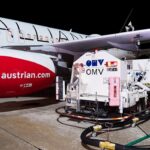
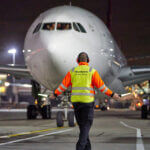
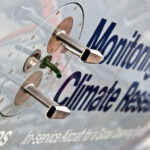


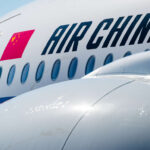
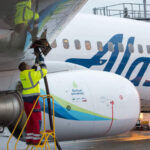
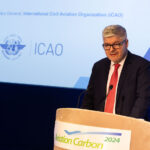

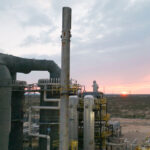
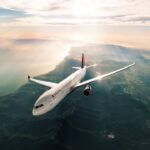
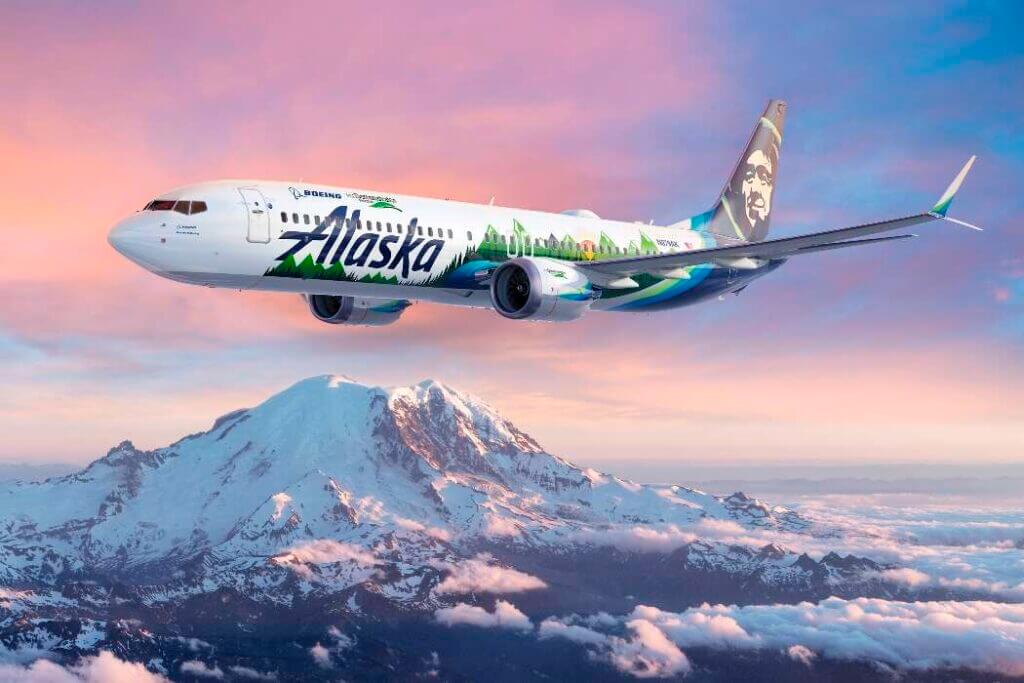
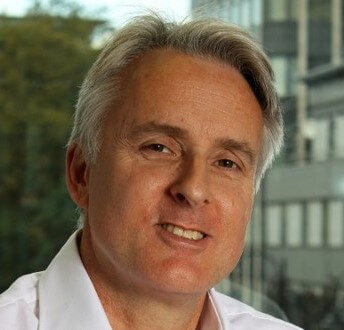

More News & Features
Carbon reduction consultancy Watershed facilitates SAF certificate deals through SABA
IAG continues to go big on e-SAF as it inks 10-year offtake agreement with Infinium
US on the pathway to achieving its 2030 SAF Grand Challenge target, says DOE report
SITA teams with Arab airlines on developing technology to enhance flight sustainability
Infinium and Twelve raise a total of up to $1.7 billion towards eSAF production
AIR COMPANY raises $69 million to advance its industrial CO2-to-SAF process